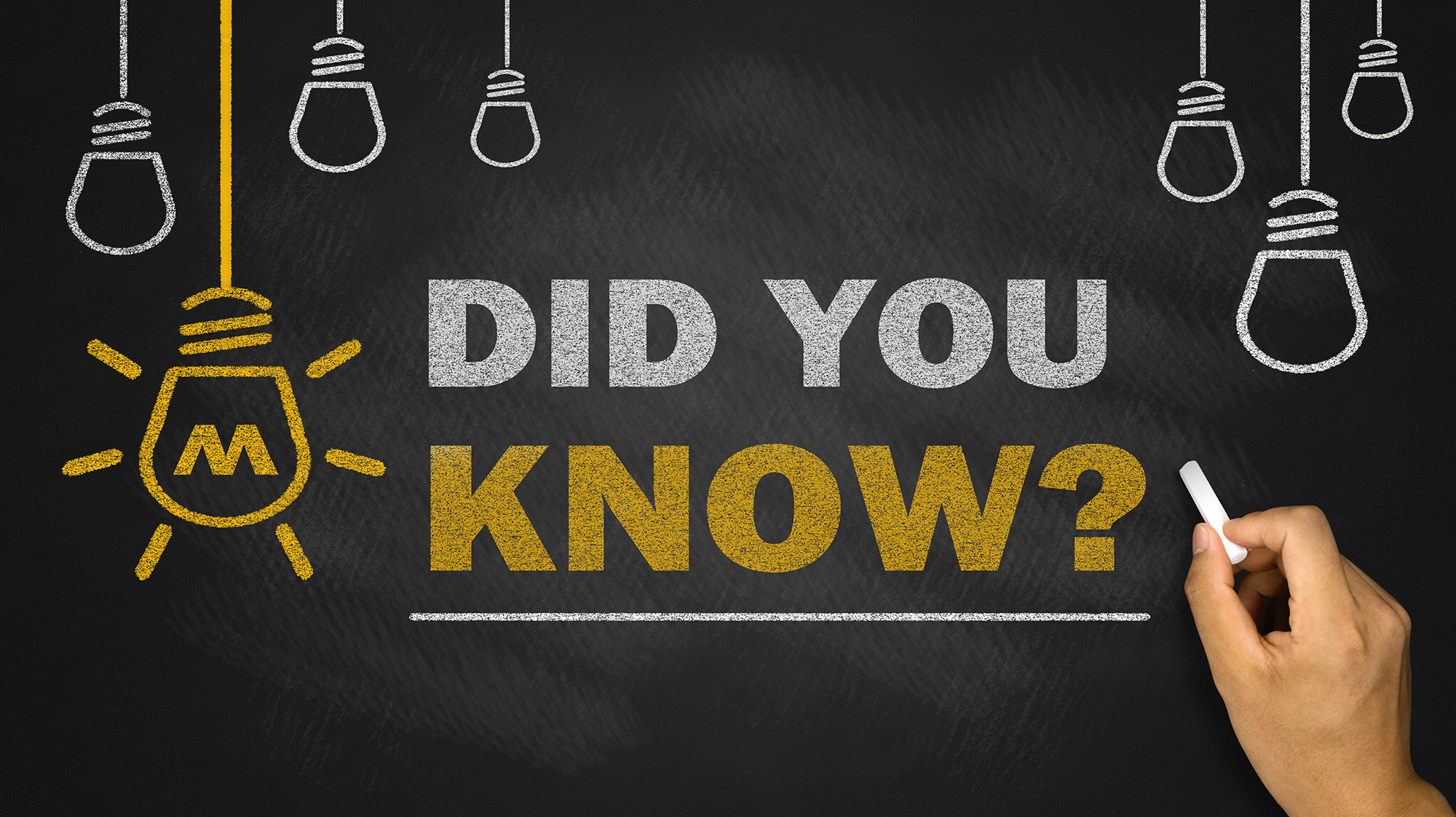Knowing about Authentication Solution when securing your online data, using passwords alone isn’t enough. Passwords are susceptible to attacks such as brute force, keylogger, and dictionary attacks. Even strong passwords cannot stand against hackers. Not to mention, most users have bad password hygiene.
According to statistics, at least 80 percent of data breaches are caused by compromised passwords. To secure your business online, it is worth investing in multi-factor authentication solutions.
What is Multi-Factor Authentication?
Multi-factor authentication (MFA) is a system that uses two or more verification methods to authenticate login or other important transactions. MFA usually combines different independent credentials to create layered security. This makes it harder for hackers to break in. Even if one factor is compromised, the attacker will still have to crack at least one more factor.
What are the different MFA authentication factors?
Factors for Authentication solutions are the categories of credentials used for authentication. There are three most common authentication factors. They include:
- Knowledge factors (Something you know) – This includes anything the user can remember, such as passwords, PINs, security questions, and hand gestures.
- Possession factors (Something you have) – This includes anything a user must have in possession, such as a one-time password (OTP), magic link, security token, app, or key card.
- Inherence factors (Something you are) – This includes biometric factors such as fingerprint scans, retina scans, facial recognition, voice recognition, and more.
Other authentication factors
There are also other factors that can be used as a fourth or fifth factor for authentication. However, not all multi-factor authentication vendors offer them.
- Location factors – This can be deployed easily using the GPS device on smartphones. Logins can be limited to a specific area, such as the company’s office building.
- Time factors – In companies, it is possible to limit logins according to the work schedule of employees. Time can also be used in conjunction with location to prevent fraud. An account cannot be accessed in two distant locations in a short timeframe.
What is the difference between 2FA and MFA?
Most users are more familiar with two-factor authentication instead of multi-factor authentication. This is because several apps and websites utilize 2FA. For example:
- When logging in to email, social media, or website from another device, aside from entering your password, you are required to enter an additional one-time password (OTP).
- When you access your bank or other finance apps on the web, you are required to permit the login from an app or answer a security question after entering your password.
Multi-factor authentication is different with two-factor authentication. However, 2FA is a form of MFA. 2FA is usually a combination of two independent factors, including the base factor, your password (knowledge factor), and an OTP sent through email, SMS, or authenticator app (possession factor). It can also be a combination of the base factor and fingerprint scan (inherence factor).
3-Factor and 4-Factor Authentication
While 2FA is currently the most common type of multi-factor authentication, there are other, more secure MFA options—3FA and 4FA. Most multi-factor authentication solutions use passwords as base factors and one of each independent factor as additional authentication methods. Here’s how 3FA and 4FA are utilized:
| Three-Factor Authentication | Base Factor (Knowledge Factor) + Possession Factor + Inherence Factor |
Four-Factor Authentication | Base Factor (Knowledge Factor) + Knowledge Factor + Possession Factor + Inherence FactororBase Factor (Knowledge Factor) + Possession Factor + Inherence Factor + Other Factors |
What are MFA deployment methods?
Different technologies can be used to execute MFA, with each having their own advantages and disadvantages:
- SMS– This is the easiest and most accessible but also the least secure method. Messages sent via SMS are used to send OTPs or magic links for authentication. SMS can be easily intercepted by SIM rerouting
- Email – Another easy but unsecure method used for OTPs and expirable links. Emails can be hacked through cloud servers.
- Soft tokens – With this method, users need to install software on a device such as an authenticator app or a platform-specific app.
- Physical tokens – These are hardware devices such as flash drives and smartcards. It can also be a small handheld device that spits out codes to be used for logins.
- Biometrics and GPS – There are other ways to deploy biometrics, but these factors are now easy to access using smartphones.
TraitWare MFA and SSO Solution
Are you looking for a reliable multi-factor authentication solution for your business? Try TraitWare. TraiWare is an award-winning MFA and SSO solution that can unify all your enterprise apps to provide frictionless logins.
But the unique thing about TraitWare is, instead of adding layers to your passwords—the weakest link in your security, it removes passwords completely. TraitWare uses your mobile phone biometrics as your base factor plus additional layers. Use TraitWare for an adaptable, passwordless multi-factor up to four-factor authentication for your logins.

1 Comment